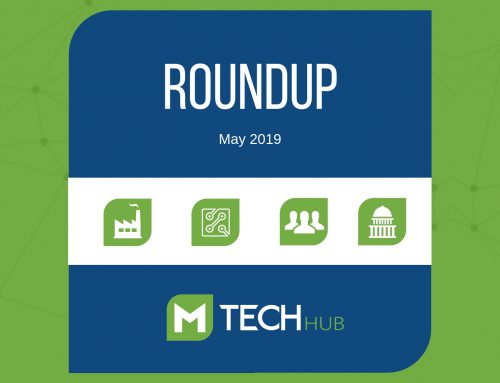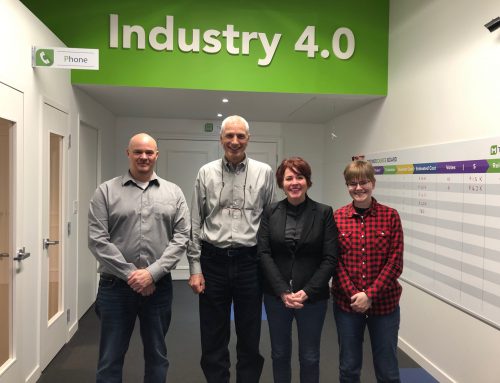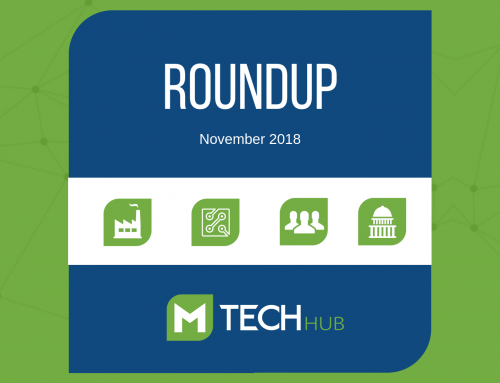This blog series is posted once a month and focuses on the following: Manufacturing Technology/Innovation, IoT, Cluster development.
Long Live Manufacturing!
The decline and death of manufacturing in the United States is far from reality, according to this article by Tony Uphoff.
Americans, and probably Canadians as well, probably think the manufacturing sector is on its last legs.
But perception vs. reality are at stark contrast. Driving this misconception are three key things:
- Manufacturing is a low tech industry.
- Manufacturing is contributing less and less to the US economy.
- Manufacturing blue collar and white collar “jobs” are the same as they were in the 70s.
This narrative needs to change! Manufacturing is “open for business” in the US and Canada with high skilled “new collar” jobs waiting to be filled!
Read the full article here: Manufactured Perceptions: Why Industry Needs To Reset Its Reputation
What’s the Future for People in the Fourth Industrial Revolution?
Peter Herweck from Schneider Electric says that digitization of businesses isn’t the real threat to workers in industrial sectors. Instead it’s whether and industry or organization empowers them with the tools to leverage the digital tools and data to do their jobs… and to do new jobs.
Digital technologies, today, are helping companies increase energy efficiency and reducing downtime on the shop/factory floor. The challenge and opportunity is to make sure that workers are augmented with, and empowered, by technology. And, that digital transformation has to and will break down information, departmental and political silos. Paving the path to collaboration throughout the enterprise.
Read the full article here: Why people remain at the heart of the factory of the future
The Good News and the Bad News
A good post by Stephan ZODER on the challenges facing manufacturers when it comes to adapting/reacting to competition and innovating. The good news is that manufacturers who are behind in technology adoption (many are) can learn from industries that have been using newer technologies such as data analytics, information management systems (ERP, CRM, MES, Supply Chain) and now Artificial Intelligence (AI).
He also dives into the key bottlenecks facing manufacturers today in getting information, let alone using it, to make strategic decisions about their business.
Read the full article here: Are You Setting IT Up To Stifle Your Innovation?






